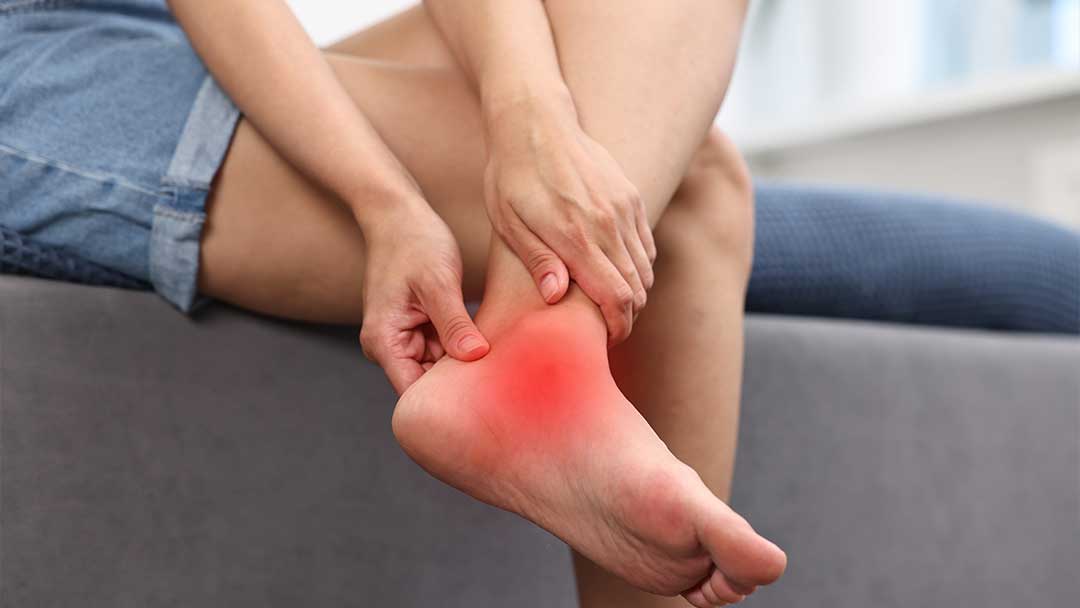Get Back On Your Feet
Foot & Ankle Care in Rochester, NY
Turn to the experienced team at Greater Rochester Orthopaedics when you require expert foot and ankle care. The foot and ankle specialists are primed to address a wide range of conditions with leading-edge treatments, embodying both proficiency and compassion. Whether you are suffering from arthritis, sprained your ankle, or managing shin splints, you are in the right hands with our team.
Suffering from Foot or Ankle Pain?

Understanding Foot & Ankle Anatomy
The anatomical structure of the foot and ankle, composed of 28 bones and over 30 joints, serves pivotal functions in support, balance, and mobility. Any affliction, such as arthritis, within these joints significantly impacts movement and balance.
Prevalent Conditions
Arthritis
A common cause of disability, arthritis in the foot and ankle, manifests in forms like osteoarthritis, rheumatoid arthritis, and post-traumatic arthritis, each affecting joint health in distinct manners.
Heel Pain
Promptly addressed heel pain prevents the evolution into chronic issues, often manageable through rest, though severe cases might need professional intervention.
Achilles Tendinitis
Characterized by pain near the heel, Achilles tendinitis affects runners and athletes, requiring distinction between its two types based on the inflammation’s location.
Sprained Ankle & Shin Splints
Everyday mishaps can lead to sprained ankles, while repetitive activity might cause shin splints, presenting pain along the tibia’s inner edge.
Treatment Options
Greater Rochester Orthopaedics tailors treatments for foot and ankle issues, ranging from nonsurgical approaches like rest, ice, and compression to surgical procedures for severe cases.
Tips to Reduce Injury
Participate in a conditioning program to build muscle strength
Do stretching exercises daily
Always wear proper fitting shoes
Nourish your muscles by eating a well-balanced diet
Warm up before any sports activity, including practice
Use or wear protective equipment appropriate for that sport
Our team is dedicated to ensuring the best possible outcomes for our patients, standing ready to address all foot and ankle concerns. Call 585-295-5350 for an appointment today.
